Getting there
A direct flight from Washington DC to Tel Aviv takes 14-16 hours and costs between $750-$950. From London, it takes about 6 hours and costs between $500 and $700, from Berlin about 7 hours and costs between $200 and $250 both ways. The prices change according to demand with the low season being between November and February and high season from July to August.
When to visit Tel Aviv
The best time to visit is in September and October when you will still manage to enjoy good weather, warm seas, and an abundance of seasonal fruits. Another option is March and April when it’s warming up, and spring is breaking out across the whole country – even the desert is in bloom! After a damp winter, the desert is full to bursting with grass and flowers, all of which will have been burnt to a crisp by the sun within the next couple of months. July and August are the only months when it’s really not worth making the trip as the temperatures can sometimes exceed 37ºC.
Israel’s main airport, Ben Gurion, is located 14km from Tel Aviv and getting from the day of rest, which lasts from 24 hours from sundown on a Friday.
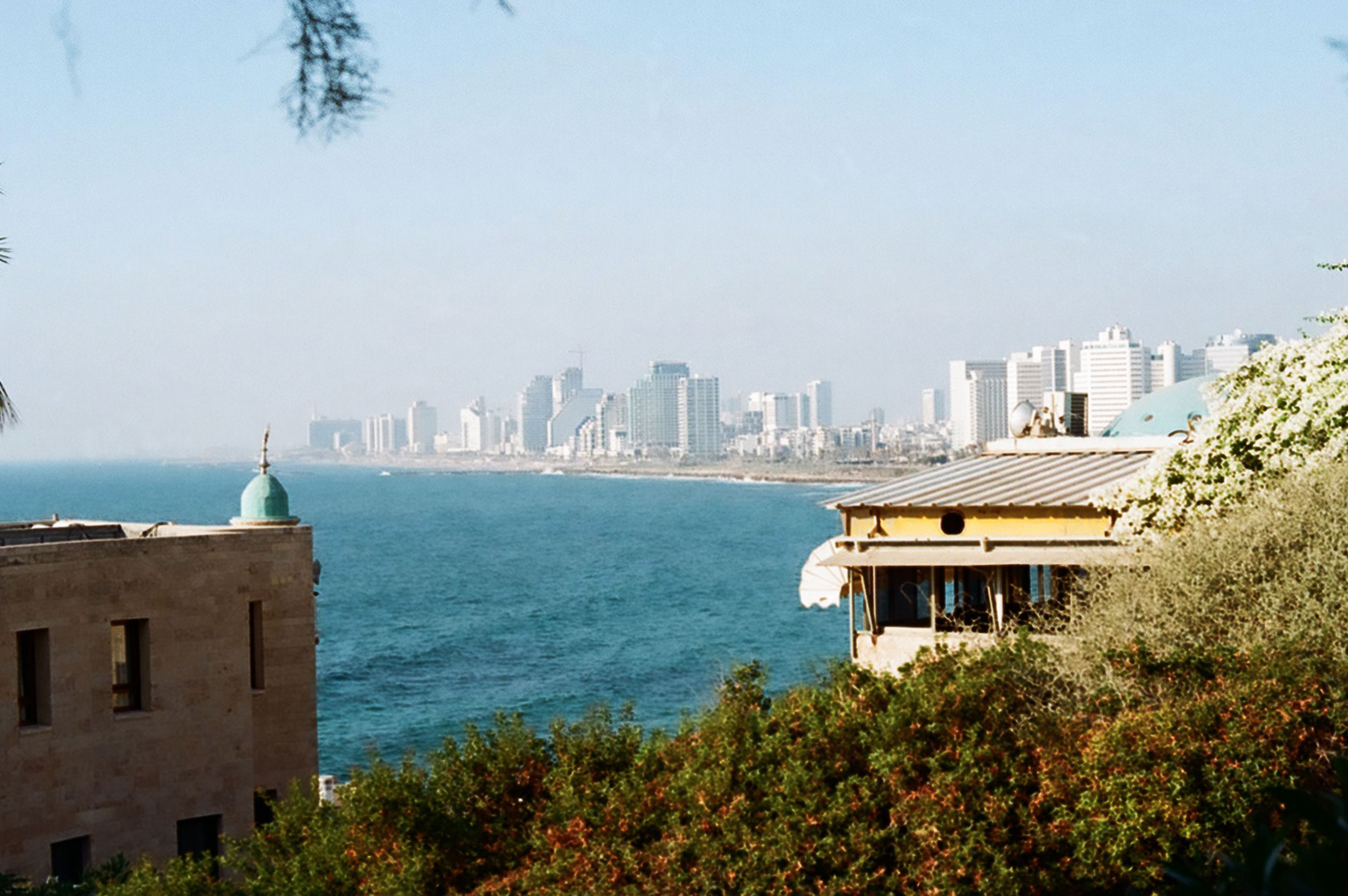
Although there is no visa requirement for EU and US citizens in Israel, this does not prevent the airport’s security services closely examining and checking passengers’ travel documents. Usually, you are required to present a return ticket, proof of accommodation, including the hotel’s contact details, and proof of insurance. In any case, EU and US citizens should double-check entry requirements into Israel before they set off.
Where to stay
For the curious, Florentin in the south of the city would be a good place to start. It is full of bars and cafés offering late breakfast, artist studios, and tattoo parlors, and it’s not far from the famous Levinsky market. This is where the local young people live and work and has an atmosphere which has not been spoilt by tourism.
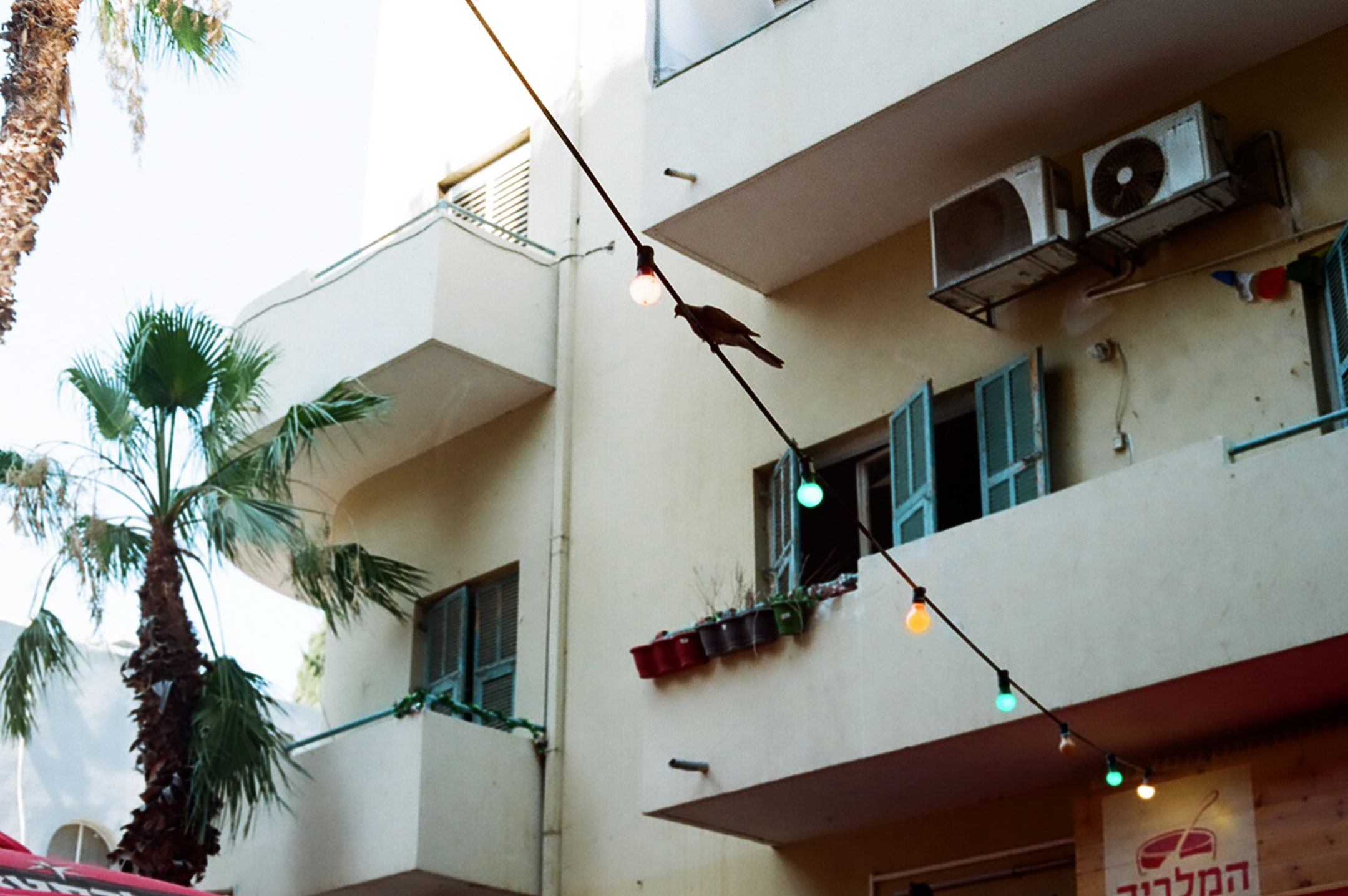
- Rena’s House from $113 (€102) per night for two. Hotels close to Yarkon park are great if you’re traveling with children. There are children’s playgrounds virtually on every street corner, it’s very green, and there’s even a small zoo. It’s a quiet, cosy area and it’s more expensive than in the south.
- Yam Hotel An Atlas Boutique Hotel, from $212 (€191) per night for two. If you want to be closer to the ocean, look for a hotel on HaYarkon Street. It’s a 5-10 minute walk from the northern end of the street to the quiet, comfortable Metzitzim Beach. If you are staying closer to the southern end of the street, then it’s easier to head for the larger Gordon Beach. Prices go up the closer you get to the sea than in the center of town or in the southern districts.
- Olympia, from $178 (€161) per night for two.

What to do in three days
Day 1
Have breakfast at Café Xoho. We have already mentioned how much Israelis love to enjoy their breakfast, and if you haven’t already chosen a place, you should make for Xoho easily on of Tel Aviv’s best-loved hotspots. The menu features bagels with many fillings, Mexican burritos and even quesadillas, granola, veggie burgers, smoothies, and masala tea – the choice is yours.
Cost: 60-80 NIS ($17-$23/€15-€20)
Five minutes’ walk from Xoho is the large municipal Gordon Beach. My suggestion would not be to laze around on the beach but to hire a SUP surfing board for 80 NIS ($22/€20) per hour – if there are no big waves. You don’t need any special training, and you’ll be well on the way after the first lesson.

Tel Aviv’s beaches
All the beaches in Tel Aviv are free of charge and most of the personal trainers, changing rooms, toilet, and access to first aid. 8 beaches offer volleyball courts. Hiring a sunlounger costs 12 NIS ($3.5/€3), and a locker to store your things costs 6 NIS ($1.7/€1.5).
You can play volleyball and matkot (a type of table tennis only without the table!) on the beach itself. This sport has quite a long history in Israel, although you do find similar sports in many Mediterranean countries.
Matkot rackets are available free of charge on Tel Aviv beaches.
If you ask an Israeli what their national sport is the will reply that, after food, of course, it’s either beach racquetball or matkot.
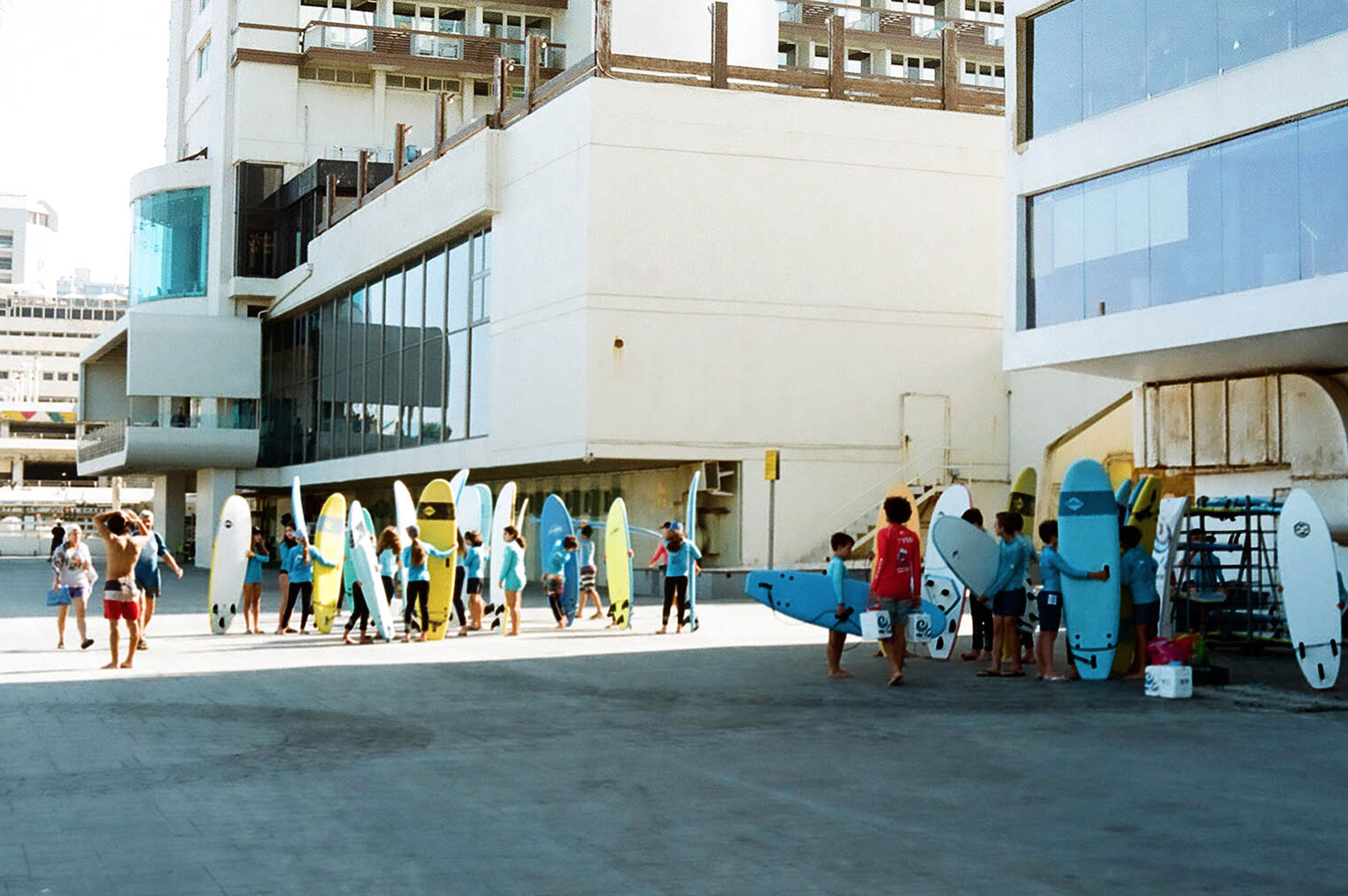
The Bauhaus Exhibition. After some time on the beach, you’ll have the energy to look more closely at the city itself. It’s not for nothing that the window of the Bauhaus Centre is one of the most noteworthy on Gordon Street. At first glance, the main room is small and houses a souvenir shop, bookshop, and exhibition space. It’s worth taking a look at the souvenirs as the Bauhaus Centre has gift ideas for everyone from small presents, books about Bauhaus, posters, sketchbooks, backpacks, souvenir clocks, and postcards. You can also watch a short film about the history of the Bauhaus movement and then head off into the White City with your audio guide to learn all about its architectural heritage.
The White City
The White City is given to those areas in Tel Aviv with a high concentration of light-toned buildings constructed in the Bauhaus style. Bauhaus is an architectural concept whose basis is founded on functionalism – if it has a use, it is beautiful. The movement was founded by German artists in the early 20th century who saw the purpose of the Bauhaus style as satisfying the needs of the masses. The representatives of the Bauhaus school wanted to design beautiful buildings affordable to the many and which served a purpose. In the mid-thirties, Bauhaus took hold in Israel as many Jewish architects emigrated there from Germany.
Today there are more than 4000 buildings in this style in the center of town; Tel Aviv has the highest concentration of buildings in this style than any other city in the world. UNESCO named Tel Aviv’s White City a World Heritage Site.

The bars of Florentin. Let’s end the day in the noisy streets of bohemian Florentin. Music booms out from all sides, and the locals exchange loud opinions, waiters give out their beers and burgers, and the night does not want to everend. If you enjoy Mexican food, drop by the Mezcal bar. Apart from an impressive selection of tequilas, they also do fantastic tacos, enchiladas, quesadilla, and other Mexican delicacies.
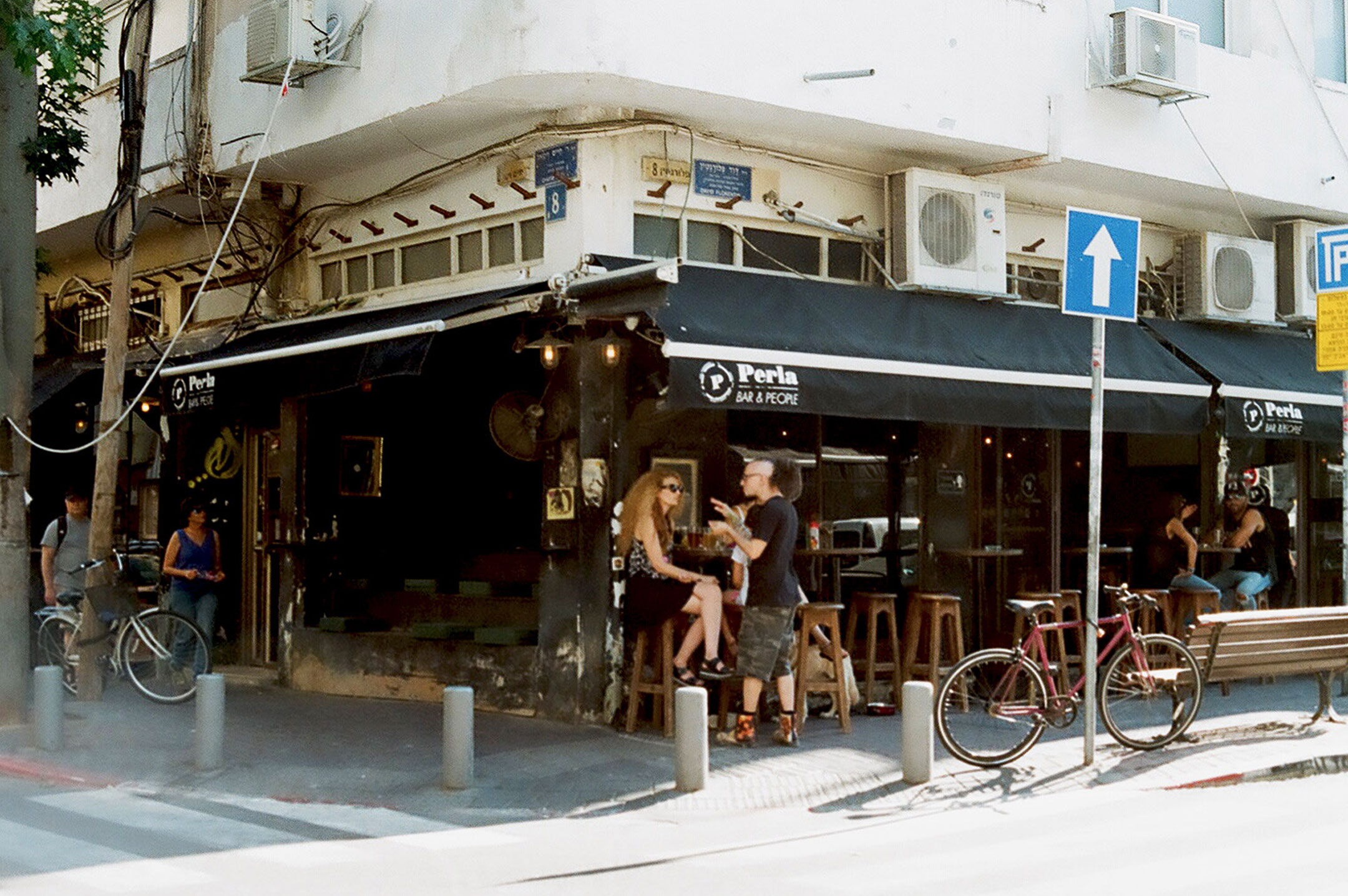
Florentin is not just for barflies but is also good for families with children. There are a lot of brightly colored graffiti here, a large number of cozy cafés and little restaurants. You will find one of the best places in the city to try the middle-eastern dessert called malabia, a type of whipped dessert made of milk and cream flavored with rose water. As a dessert, they often add fruit toppings, coconut flakes, or nuts. There is a vegetarian option made of soya and coconut milk.
Cost: 15-20 NIS ($4-$5/€3-€5)
Day 2
Humous at Abu Hassan. Before we head for the oldest part of town, let’s fortify ourselves with a hearty breakfast at the legendary humous stall of Hummus Abu Hasan. Abu Hasan opened his stall and started selling humous on this spot in the late fifties. After more than half a century, he’s still here and enjoys great popularity amongst locals and tourists alike. It’s a simple affair and doesn’t look like much, but this should not put you off. Take a seat and order some humous with pitta bread and onion, and you’ll see why. Service is fast, and prices reasonable.
Cost: 30-40 NIS ($8-$11/€7-€10)
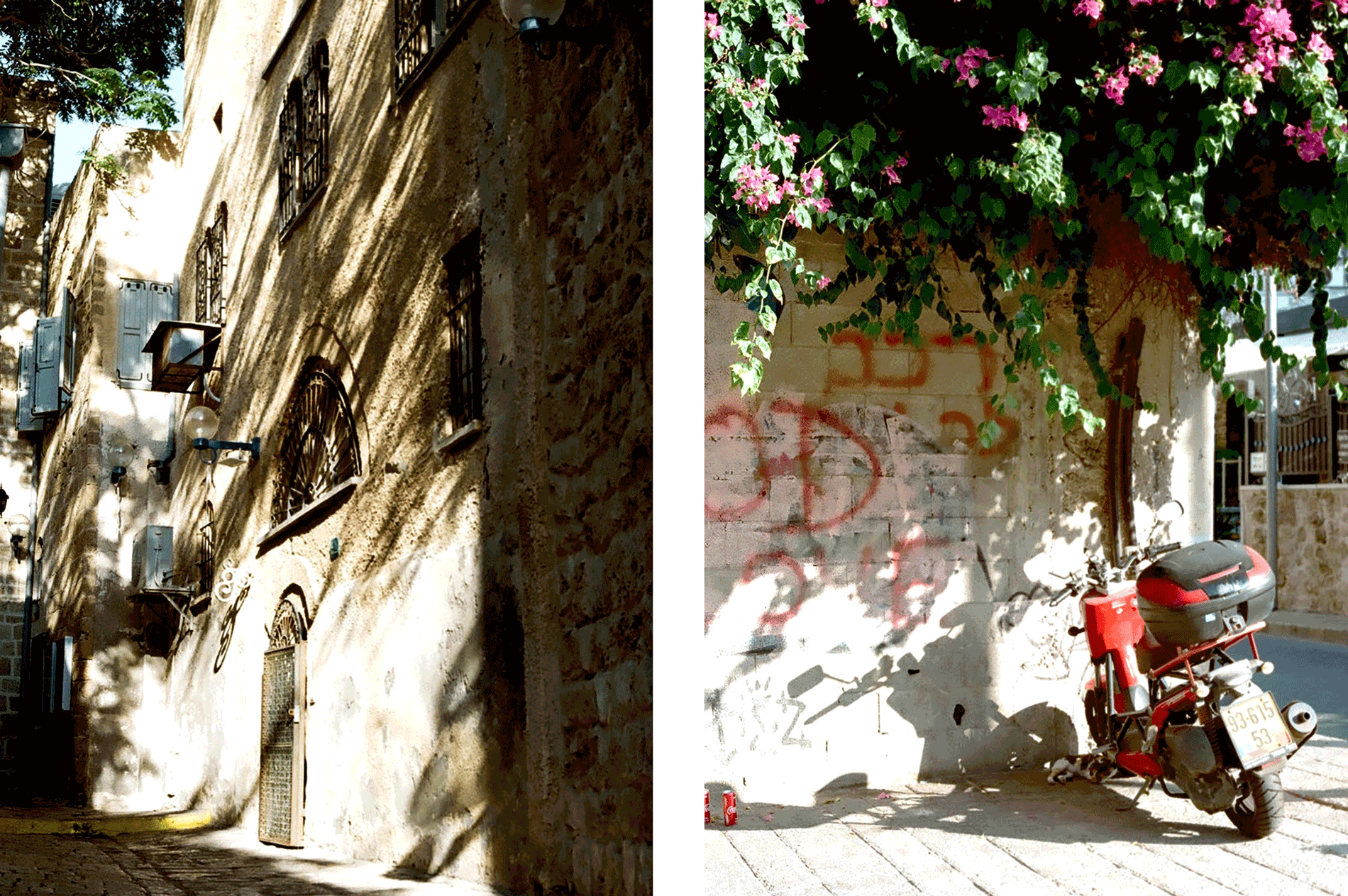
Old Jaffa. 10 minutes’ walk from the humous stall you’ll come to Jaffa, nowadays a small part of southern Tel Aviv but until 1950 it was a separate town, one of the most ancient, uninterruptedly inhabited areas in the world. The old town is in the very heart of Jaffa with its cobbled streets, shining stairwells, tiny little yards, and greenery filling the gaps between the houses. It’s empty and quiet here during the hot summertime. Take a stroll through the artists’ quarter and go up to Abrasha Park, which is full of fig trees. This is the highest point of Jaffa, and from here, you get a panoramic view over the ocean, the broad expanses of Mediterranean beaches, and the city itself.
The Artists’ Quarter
Many of the Old Town’s narrow streets come together to form the Artists’ Quarter. There are many art galleries here alongside workshops and artists’ studios. The history of this area goes back to the 1950s when it was nothing but a wasteland inhabited by poor immigrants from North Africa. Then along came the Israeli artist Shlomo Zafrir. He wasted no time in opening his nightclub “Omar Khayyam” and later this area became a magnet for the Israeli alternative set. In 1960, the well-known art dealer Jean Tiroche opened an art gallery here, and a couple of years later, he bought a house and moved here with his family. His example was followed by many Israeli artists who came to open their own galleries and workshops, cafés, and restaurants, and then the tourists came. Things warmed up after that.
Midron Yaffo Park. Hire a bike or electric scooter from near the clocktower and head south to Midron Yaffo Park, and expanse of land above the city with walkways and cycle tracks on its seaward side. There are hardly any trees here, so there’s nowhere really to shelter from the heat of the day. Having said that towards evening, it’s much more comfortable, and there are great views over south Tel Aviv and the sun as it sets over the ocean.

Bike and scooter hire in Tel Aviv
Bird is an electric scooter hire business. In order to access their services, download the app, fill in your card details, find the nearest spare electric scooter, unlock it with the app and off you go. It costs 5 NIS ($1.5/€1.3) to unlock and then 0.50 NIS ($0.15/€0.13) per minute thereafter until you finish with it.
Lime is similar to Bird and costs the same.
Tel-O-Fun is an app that lets you hire municipal bikes. Download the app, find the nearest bike stand with available bikes, input your payment card details, and hire your bike! Hire costs 23 NIS ($6/€5) with a Shabbat surcharge of 6 NIS ($1.7/€1.5) for every half hour – but the first half-hour is free.
Port Sa’id restaurant. This hipster-style club-restaurant’s edgy atmosphere isn’t just good for the younger generation, but for anyone who wants to experience all of Tel Aviv under one roof with their impressive vinyl collection, evening DJ’s and solid choice of food based on traditional Israeli cuisine with a modern twist. All dishes are prepared under the supervision of star chef Eyal Shani. You might find that you have to queue to get in as this is a very popular venue in the city and you can’t reserve a table in advance.
Average cost for dinner with alcohol is 150 NIS ($42/€38).
Day Three
Levinsky Market. Whatever praise they may heap on Mount Carmel, there can only be one “king of Tel Aviv markets,” and that’s the Levinsky, the most Israeli of Israeli markets. On narrow Levinsky Street, the ground floors of the timeworn houses have, for hundreds of years, served as market stalls for Mediterranean delicacies and eastern spices. I usually go to the Levinsky for cocoa, tea, nuts, and coffee, whose aroma stays with me all the way home.

I suggest you drop by the Taste life stall. It’s said to be one of the best places in town for high-quality vegetarian food at reasonable prices. Daniel, the stallholder, makes his own mild vegetarian cheeses, butter, and yogurts. He himself takes customers through the range of products and is a real help in choosing the right thing.
Ouzeria is the logical extension to the Levinsky market in the sense that it also has plenty of all that it typically Israeli – polite service and pleasant staff, a small place, usually filled to the rafters of an evening but with a relaxed atmosphere. They serve mainly Israeli and Mediterranean cuisine such as pasta with squid ink, cuttlefish, and sardines in a cherry tomato sauce and garlic, moussaka with Jerusalem artichokes, carpaccio, or lamb kebab. It’s plentiful, looks good and tastes better.
Cost: 60-80 NIS ($17-$22/€15-€20)
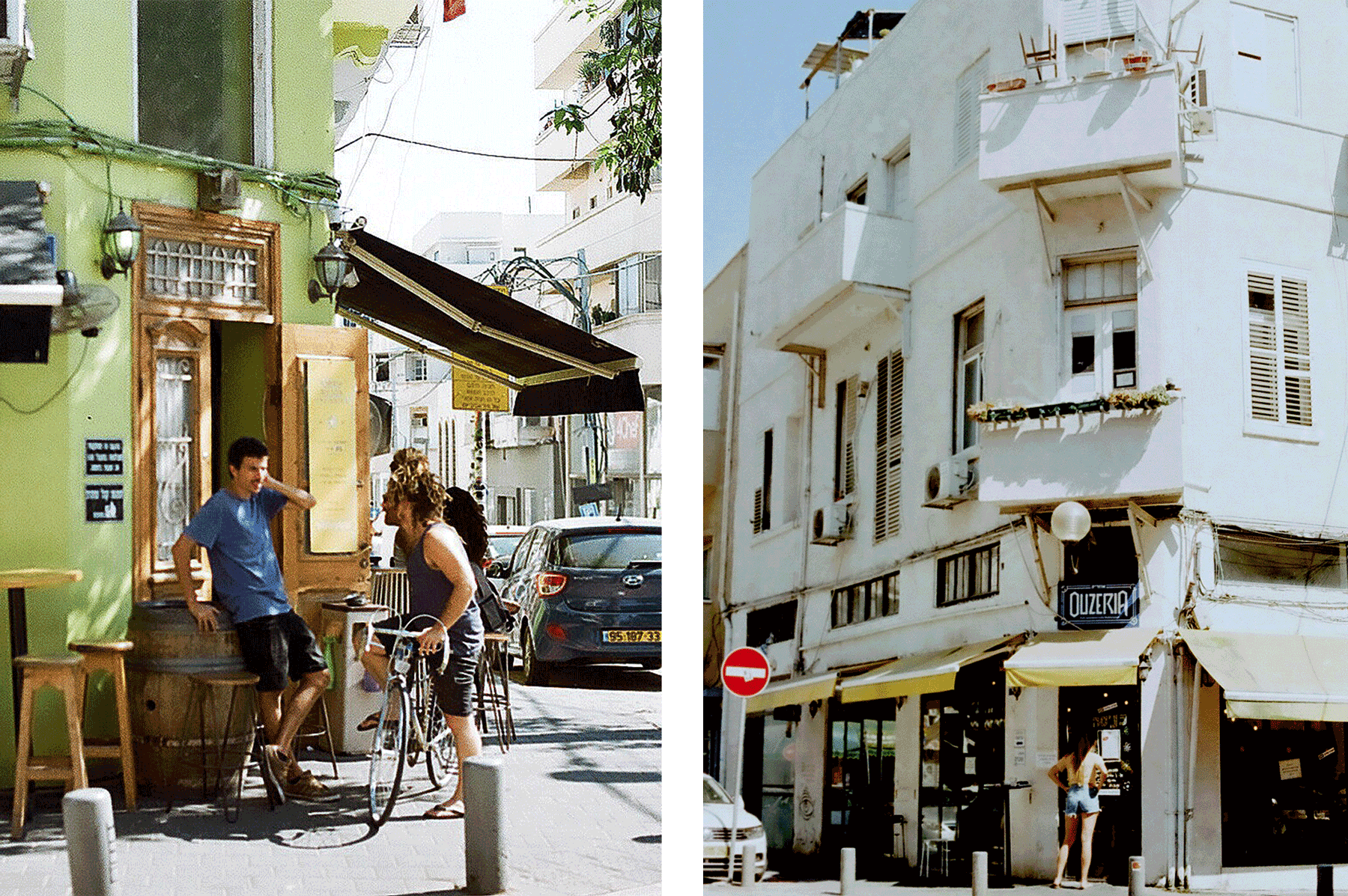
The Tel Aviv Museum of Modern Art is food for the brain, for the soul, and for the eyes. Set against the monotonous backdrop of low-set houses in the Bauhaus style, the complex geometric style of this set of museum buildings is a breath of fresh air.
The museum houses works by Picasso, Monet, Renoir, Matisse, Modigliani, Kandinsky, Chagal and many others. There is also a large collection of Israeli art. The works of many world-renowned artists are often presented here, people like Jeff Wall, Louise Bourgeois, and Andy Warhol. You can find out what’s on the museum’s website.
Entrance — 50 NIS for adults ($14/€12), free for children.
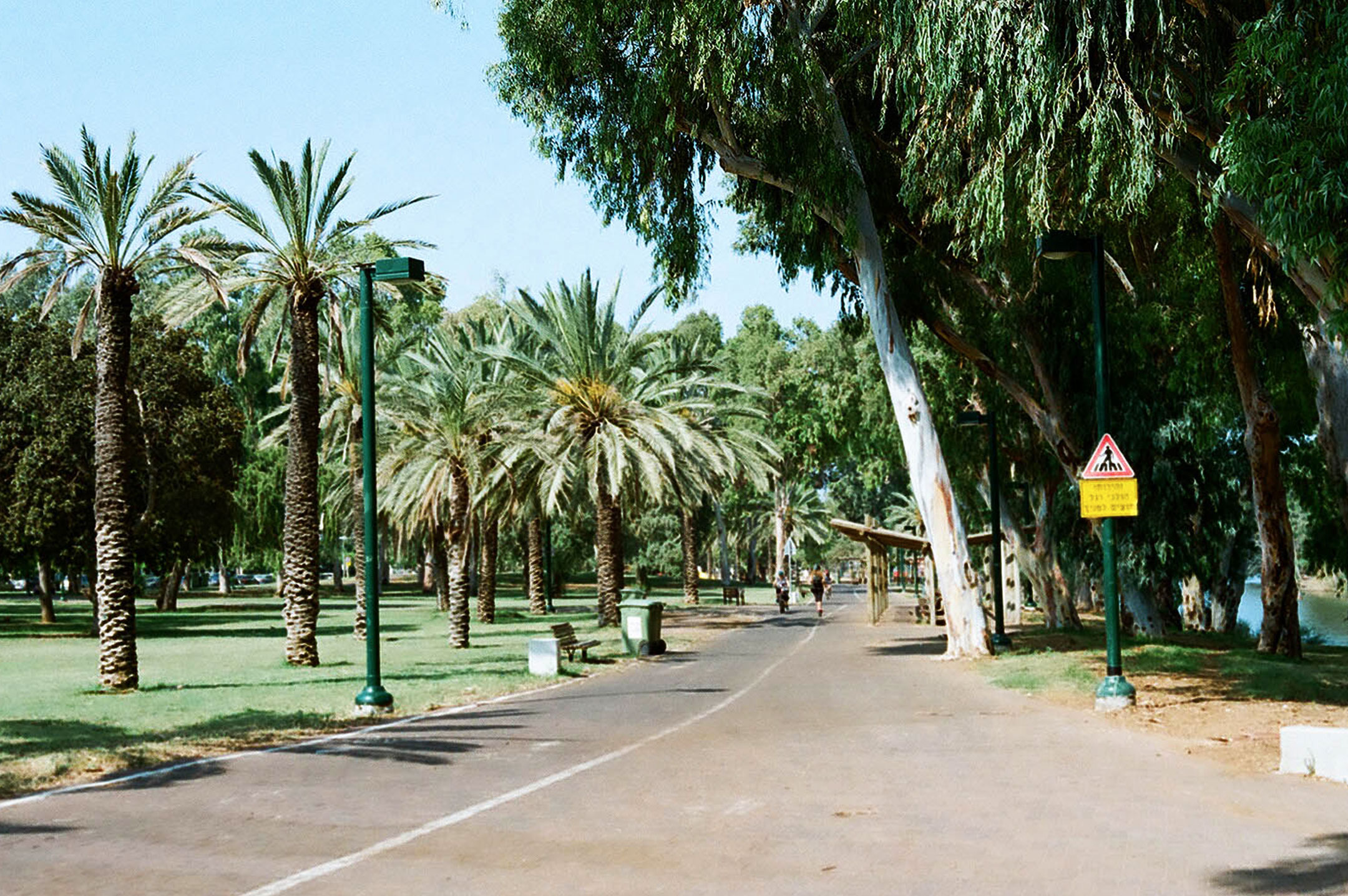
A picnic in Yarkon Park. Head north from the museum, towards Yarkon park, on the river path. It’s nice and green in the park, ducks run around the riverbank and parrots fly overhead, and the occasional canoe passes by on the river itself. This is where the locals like to come and have a picnic at weekends, for children’s parties, and to practice acro-yoga, which is especially popular in Tel Aviv.
On any day you can come with some fresh fruit and other foods, and have a picnic here on the grass. You can buy what you need for your feast on Yehuda Hamakkabi street, where you will find fresh fruit stalls, and the well-priced Tiv Taam shop as well as the small bar, which also sells takeaway food called Rotisserie Milano. What you get to eat at your picnic will depend on the time of year. In the cooler, more windy winter, you will want humous and olives, whereas summer calls for fresh melons.
Best leave the booze at home – even during the day, they might confiscate it. Better just to nip into the Juno wine bar en route.
I believe that Tel Aviv can teach a lot of European cities a thing or two. It’s warm and sunny all year round; there a wide variety of different types of international food on offer served in generous portions and lots of ripe fruit. Hospitality is great, and the locals are really friendly. This is a city really worth visiting. Tel Aviv for all – three days to discover this vibrant city via all the senses.


